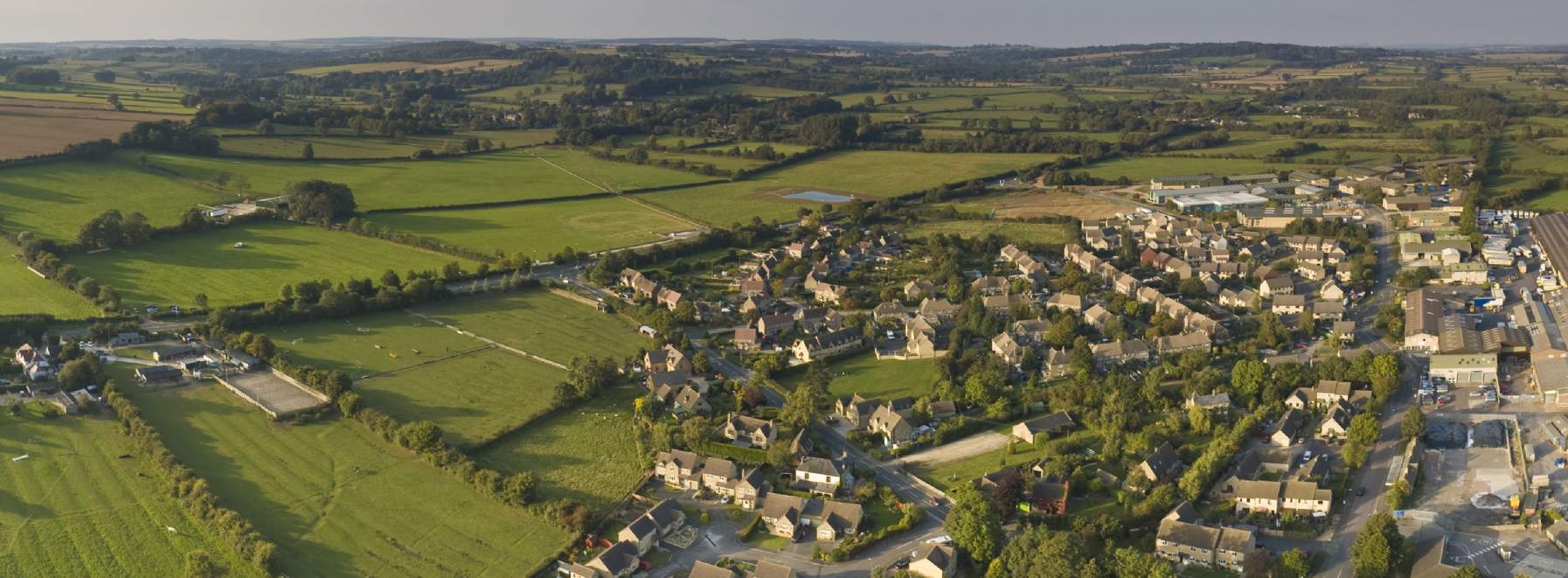Diversity of tenure
The 2021-26 Affordable Homes Programme commits £12 billion in funding to deliver 180,000 homes over the next five years. We also have growing demand from investors through for-profit social housing providers, greater development capacity from local authorities, and commitment from housing associations to keep investing in new homes.
While we expect fewer affordable homes from developer contributions over the next five years, we still expect an average of 60,000 new affordable homes to complete each year until 2026.
We also expect large institutional investors to back the delivery of more homes for private rent. The number of homes built specifically for the private rental market doubled between 2016/17 and 2019/20, from around 7,000 to 14,000 completions. With rising investor demand for homes in suburban and town locations, we believe delivery could more than double again to 30,000 annual BtR completions by 2025/26.

.jpg)
.jpg)
.jpg)
.jpg)